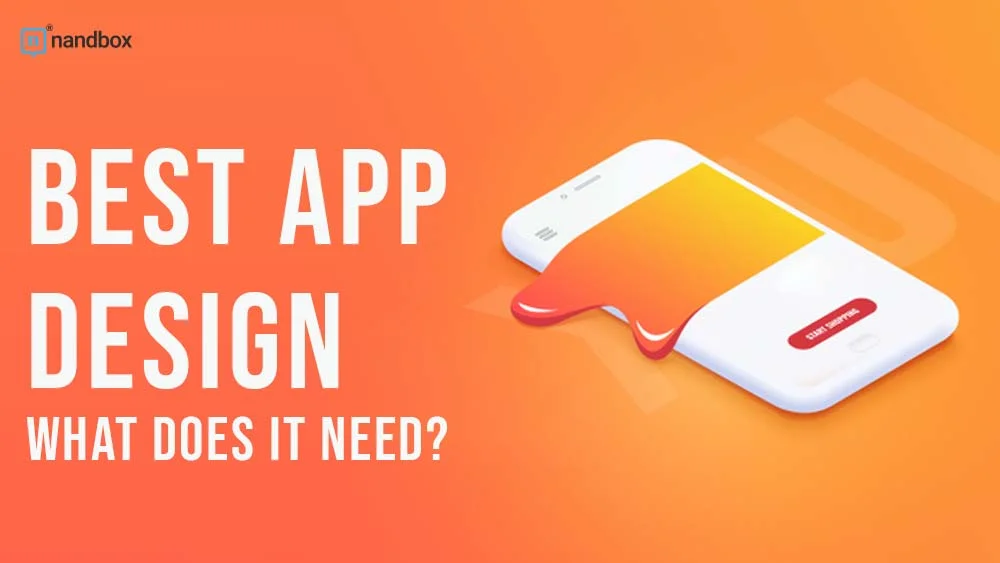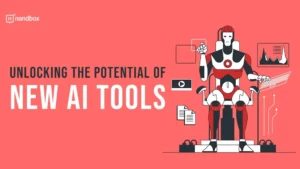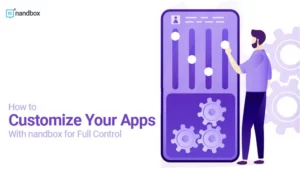Creating an Exceptional App Design: Best Practices
Which came first, the chicken or the egg? This question will probably remain unanswered for years and centuries. This is due to having multiple questions that seem logical and many possibilities. However, there are many questions like this one that exist; some can have answers and some don’t. One question that has taken a toll on the whole mobile app market is app design or function. App design is the core of any development process; it is what gives functions a place to exist efficiently and optimally. So, you want to dive deep into the world of app design? Read this article, where we will discuss the exciting world of app design, the process, and what makes the best app design on the app market.
What is App Design, and How Does it Matter?
For most users, design is everything. This is because the majority of users don’t have extensive technical knowledge or don’t know what goes on behind the scenes of an application, from servers, frameworks, and so on. They usually go for an application that will solve their problems while being appealing at the same time. This is why developers and designers take on the tough mission of balancing tackling these users’ problems while also creating an aesthetically pleasing application that could appeal to all segments of users. This tough mission is app design, which takes much time and effort to be executed efficiently. App design means crafting everything concerning the look and feel of an application. App design also involves features in a way, as designing an app includes creating elements that could rightfully impact features and enhance how they work.
The app design is divided into two main sections, which are UI (user interface) and UX (user experience). Briefly, UX is the process of planning the whole journey of users and choosing elements that would contribute to a remarkable experience. On the other hand, the UI is the implementation and presentation of these elements that will accomplish the perfect user experience.
How Does App Design Matter?
Now that we know nearly everything concerning app design definition and its two main elements, some will ask a very important question: How does app design matter? This question has millions of answers, as the best app design wouldn’t only have an impact on the people who interact with it, but also on app designers, developers, and owners. So, let us get a glimpse of how creating the best app design would benefit those parties.
Benefits for Users:
Consistent Brand Experience
The colors, fonts, and visual aspects of a well-designed app harmoniously represent the brand’s identity. When users see the same design components throughout the app, it makes them feel comfortable and confident, which is in line with their views of the brand.
Efficient Task Completion
Careful planning reduces the number of steps needed to carry out a task by optimizing user interactions. Quicker and more efficient processing of tasks is the result of optimized workflows made possible by aesthetically pleasing app design, which in turn reduces user dissatisfaction.
Visual Delight and Engagement
Animations, transitions, and charming micro-interactions are examples of aesthetically pleasing design aspects that contribute to an engaging and entertaining experience. These subtle visual cues enhance the user experience by entertaining and guiding users through the app’s features.
Benefits for Designers and Owners
Creative Expression and Satisfaction
Creating visually appealing user interfaces is a source of great satisfaction and fulfillment for designers. Making an attractive app design gives individuals the chance to express themselves creatively, try out new ideas, and play around with different visual aspects, which boosts their confidence and makes them proud of their work.
Increased Recognition and Portfolio Enhancement
Apps that are both aesthetically pleasing and functionally superior are excellent portfolio pieces. When a designer’s work is shown in an attractive app, it frequently gets noticed by other designers in the field. This, in turn, attracts clients or job possibilities that are looking for top-notch designers.
Streamlined Design Process
The design process is made easier when aesthetics are prioritized right from the start. Reduced work and increased efficiency in the workflow are results of designers making educated judgments based on clear design goals, well-defined visual styles, and an emphasis on user-centric design principles.
Collaboration and Communication
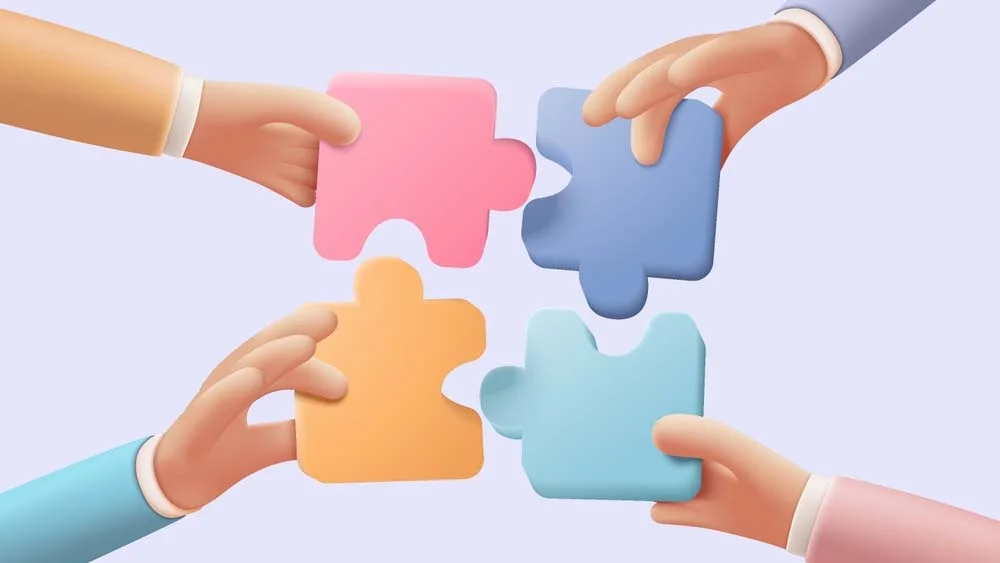
Everyone involved—designers, developers, and stakeholders—can rally around an aesthetically pleasing design. Having a visual language with clear design components helps team members communicate and understand each other better throughout the development process.
Breaking Down the Process of App Design
The process of app design is somewhat simple once you know all the necessary and important steps that you need to undergo. Having proper knowledge of this process and what each step asks for will help you have a seamless and more streamlined design process. So, let’s start exploring!
Discover, Unravel
The first step of any app design process is discovery. Discovery is exactly what the name implies. Throughout this process, a designer has to do an extensive amount of research and discover all the new design practices and elements, as well as competitors’ apps. This helps a designer make informed decisions and settle on an initial design and layout.
Shape Your User Experience
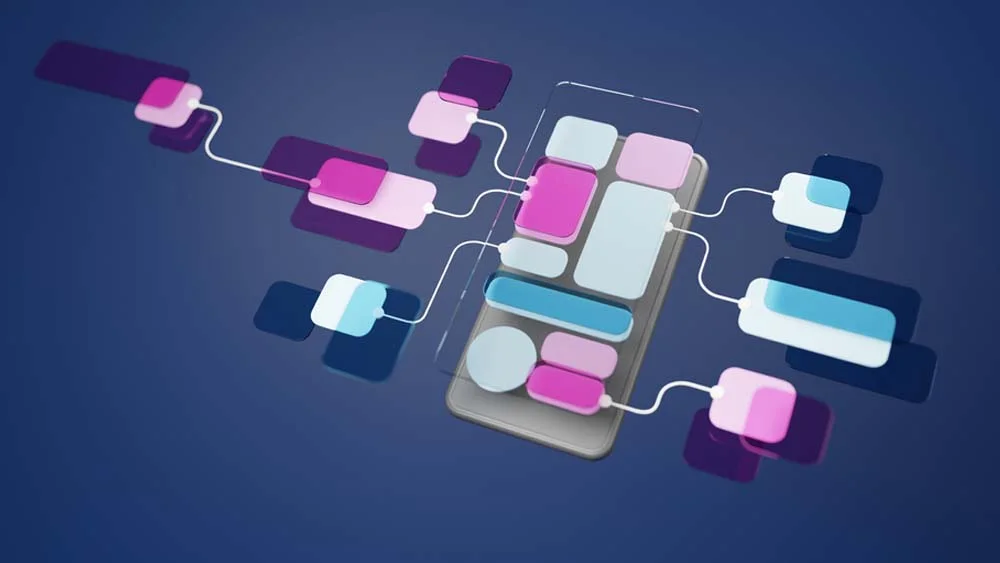
The second step after settling on your initial form, is to think about the user experience. As we said earlier, the UX design process is when designers plan the whole user journey. After discovery, designers start to form a complete picture of the application. Shaping the UX includes what you want them to interact with first, how they would navigate, what values they would get, and so on.
Put Your Elements for The Interface
The third step to getting the best app design is designing the app UI. The UI design always comes after shaping the user experience. Well, how are you going to design the layout and settle on colors, menus, and so on without having an idea of how it would work?
Make It Real, Kind Of
The fourth step in designing your mobile app is prototyping. Prototyping in all its types, such as sketching, wireframes, or paper prototyping, helps designers see the result of their research, UI, and UX design in real life. This step is necessary for pinpointing any weak points and solving them immediately before settling on a final form or design
The Characteristics of The Best App Design (With Examples)
The best app designs share several key characteristics that collectively contribute to a seamless user experience and an aesthetically pleasing interface. These characteristics encompass various aspects, ensuring the app meets user needs while aligning with business objectives. Here are the defining traits:
Clear Purpose and Functionality
In the absence of well-defined goals, it is impossible to create an effective app. A top-notch app’s design makes its goal crystal clear. The interface and all of its features are immediately apparent to users. There isn’t any unnecessary complexity or clutter because every feature is there for a specific reason. An example of an app that shows clear purpose and functionality is Google Maps. Google Maps drifts away from overly complicated designs that may overshadow functionality. Google Maps Creates a perfect harmony between functions and displaying their clear purpose through app design
Intuitive Navigation and Information Architecture
Optimal app design makes use of straightforward and easy-to-understand navigation to lead users effortlessly from one area to another. A well-planned information structure makes sure that data is formatted in a way that people can easily locate what they’re looking for. When we get to mention the best app design with intuitive navigation, we have to give Twitter much credit. Twitter is one of the apps that has an advanced and straightforward navigation structure. Twitter prioritizes simple navigation for an enhanced experience where users can benefit from every bit of content and find it seamlessly.
Responsive and Adaptive Design
It is critical to have app designs that can easily adjust to different screen sizes and devices. The layout and functionality are uniform and readily accessible across all devices, including smartphones, tablets, and those with varied orientations. Speaking of responsive and adaptive design, Netflix is the best example of responsive app design. Netflix changed the game of uniform experiences across all devices. The application can easily adapt to any screen size, device requirements, and so on. This ensures providing users with a standard and responsive design, no matter what.
Visual Appeal and Aesthetics
Aesthetically pleasing designs are visually captivating because they harmoniously integrate font, graphics, colors, and whitespace. Not only do visual aspects improve the app’s usefulness, but they also make it look more welcoming and pleasant. Flo is the best app design that achieves visual appeal and aesthetics in addition to great functionality. Flo is a women’s health and period-tracking app that is considered to be an all-in-one tool for women’s health. The app highlights its main functions with proper and appealing visuals that reflect femininity and convey the app’s missions and emotions.
Performance and Speed Optimization
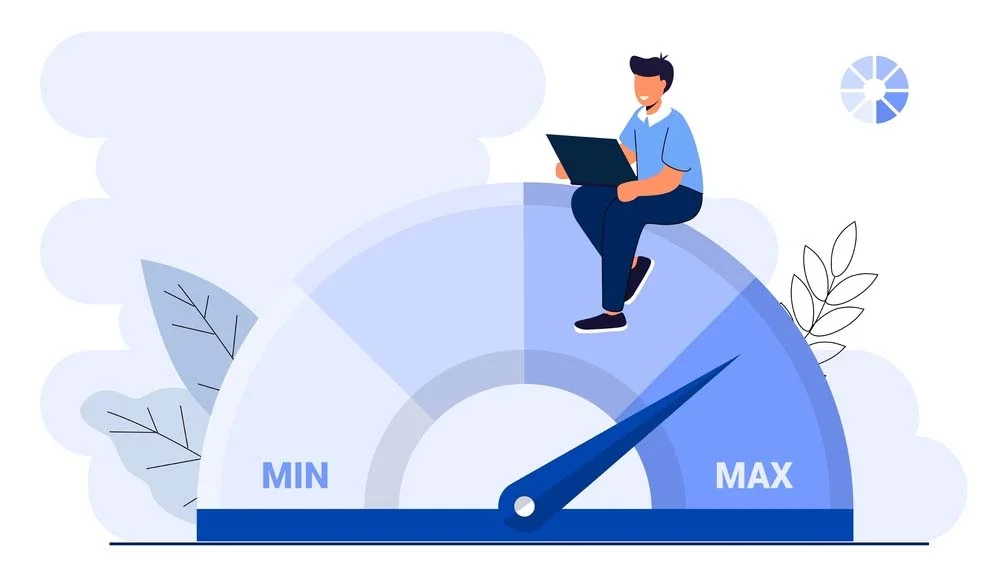
Apps that are well-designed put performance first. They are efficient with battery life, load fast, and run seamlessly without lags or crashes. The user experience is greatly improved by apps that are fast and responsive. For performance and speed optimization, we have not only one but two apps to have as examples. The first app would be Gmail. Gmail is an app that we all depend on heavily, especially work-wise. For that, the app is designed to always be available and perform at the maximum level. So, for instance, with little to no internet connection, Gmail can load your emails easily and conveniently. The second example of a remarkably performing and best app design is Uber. Uber is designed to be optimal and perform in any kind of circumstance. That being said, the app is designed in terms of UI and UX to handle multiple functions at the same time and offer users a speedy and error-free experience.

